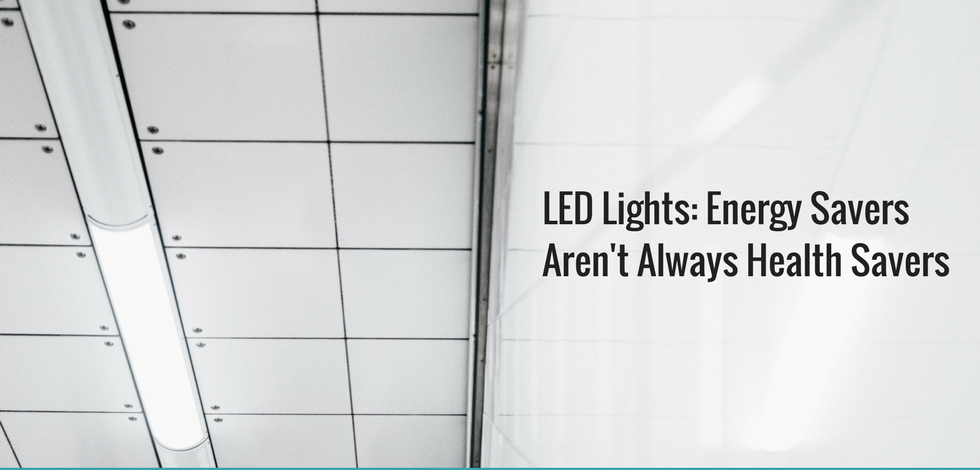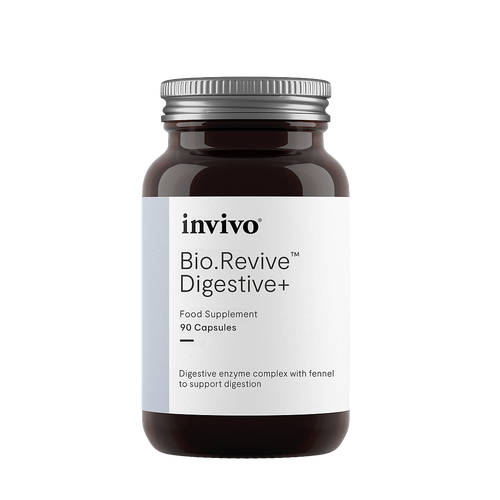Led Lights

Incandescent lighting has served to illuminate the spaces of mankind since Thomas Edison first patented the lightbulb in the late 19th century. After nearly 130 years of service, this faithful lighting technology has suddenly been forced into retirement to make way for the newer, energy-efficient light-emitting diodes (LED) lights. Other forms of lighting have been introduced, including fluorescent and halogen, but none has had the authority to erase incandescent as LED has done.
LEDs use 75% less energy than incandescent lighting and could have the greatest potential impact on energy savingssignificantly increases the temperature of the retina and photoreceptor tissues, and generates a significant amount of reactive oxygen speciesThe injuries are cumulative, leading to apoptosis of retinal cells and localised inflammatory actionsRetinal and photoreceptor damage is associated with the development of macular degeneration.significant, dose-dependent suppression of melatoninassociated with increased incidence of diabetes, obesity, heart disease, cognitive and affective impairment, premature aging and some types of cancercategorised as hazardous due to high aluminum, copper, gold, lead, silver, and zinc
Related Products:
Original article from Designs For Health







